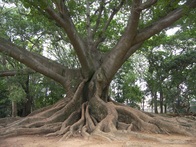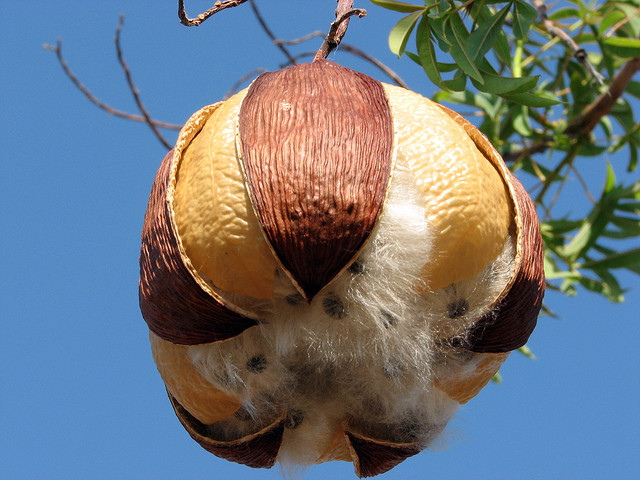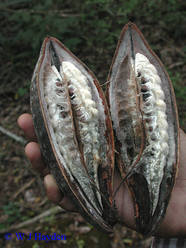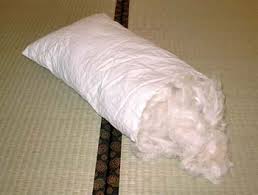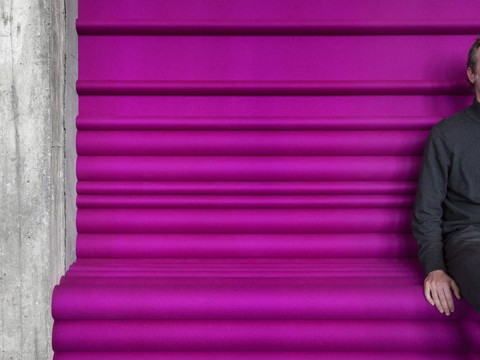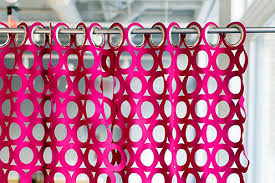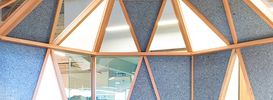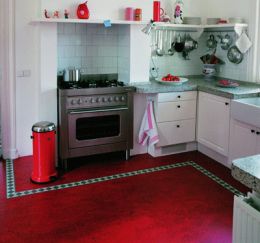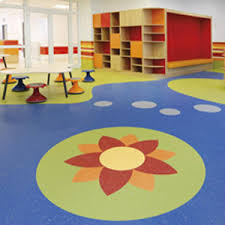This page explores the many options I lookedinto. To see the details of what I actually chose, you can click on these links to look at walls, floors and upholstery. I have also added a page on sealants and finishes.
Floor Decisions
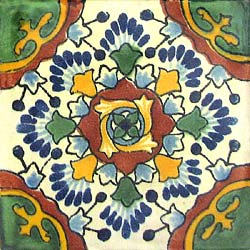
August 24, 2015
I can do tile after all! One of my builders says we can have tiny grout lines, laying the tile very close together, and using silicone between them. I've ordered beautiful Mexican Talavera tiles for the shower, entryway, and around my composting toilet.The remainder of the floors will be done in white oak tongue and groove flooring.
I can do tile after all! One of my builders says we can have tiny grout lines, laying the tile very close together, and using silicone between them. I've ordered beautiful Mexican Talavera tiles for the shower, entryway, and around my composting toilet.The remainder of the floors will be done in white oak tongue and groove flooring.
|
June, 2015
The latest plan is an aluminum plate sub-floor and oak flooring on top of it. I am still figuring out what to use in the "wet" zone, made up of the walk through shower, toilet area, and kitchen. Marmoleum has too much of an odor for me, and most cork flooring does, too. I need a floor that is waterproof, non-toxic, and preferably has some give to it, as hard floors are hard on my joints. Tile is beautiful, but hard, and the grout requires regular scrubbing to stay mildew-free. I can't easily get down to floor level to do that, and drenching it with bleach isn't an option. I could get an all stainless steel shower stall, including the floor, but I don't want my whole life to be about metal! The shower is the entrance to my home, so I also want it to look beautiful. |
WindowsFinding the right windows for the Vehicle hasn't been simple. I am balancing light, views, and privacy, weight, durability. I need frames that won't rot like wood or offgas like vinyl, which leaves metal. And I like old fashioned style in my windows. My trailer guy, Jim has done a great job of searching for exactly what I want, and is ending up getting them made. Multi-pane, double glazed, metal framed windows that open by tipping in at the top, which is great for ventilation.
And in my sleeping bunk, I now have a row of clerestory windows, small and high up, to let in light while preserving the private coziness of my bedroom. The windows are framed in with white oak and look beautiful, with nice, deep windowsills. |
Upholstery
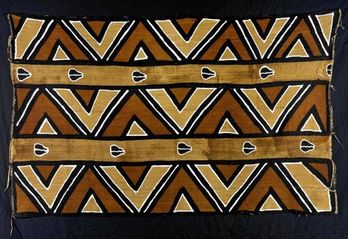
Upholstered furniture is a problem. Both fabric and filling tend to be chemically unsafe, with finishes coating the fabric, and foams that both out gas and shed particles. I have cushions I had specially made for me from African mud cloth, stuffed with kapok fiber, and they've work well for me in more open spaces, but cotton fibers are among the most heavily pesticided fabric sources around. I love mud cloth, with its coarse weave, heavy weight, and rich, earthy colors. But in a small enclosed space it may cause problems. Unfortunately, most of the organic cotton fabric I've seen is too lightweight, and comes in boring colors. However, I've recently started using plant dyes to dye silk, wool and cotton fabric. I may choose to dye my own upholstery fabrics. For stuffing, I do well with 100% natural latex, organic wool and cotton, and kapok fiber--so far. (Some people do have allergic reactions to kapok. So far, knock on seedpods, I'm not one of them.)
Kapok fiber from pod to pillow.
Also known as Ceiba, the tree is sacred to my ancestors and many other Indigenous Caribbean and tropical American peoples.
Filzfelt: Walls, Floors, Windows, Furniture...
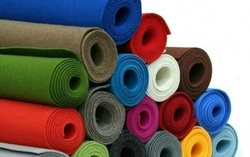
Filzfelt is a Boston based company that produces high quality felted wool, used as floor coverings, wall treatments and pierced in decorative designs for hanging panels and drapes. This is another potential way to cover furniture in the Vehicle. I am thinking in particular of a window seat covering.
However, I recently decided to use it as a wall covering for audio-insulation. Metal boxes can get very loud. The felt will add both literal and emotional warmth. The company makes a few colors that are dyed with plant dyes. I may also get white felt and dye it myself. My favorite dye colors come from cochineal, ranging from pink through red to purple, but I'm also partial to the golden orangy-yellows of achiote seed.
Below are some examples of Filzfelt uses.
However, I recently decided to use it as a wall covering for audio-insulation. Metal boxes can get very loud. The felt will add both literal and emotional warmth. The company makes a few colors that are dyed with plant dyes. I may also get white felt and dye it myself. My favorite dye colors come from cochineal, ranging from pink through red to purple, but I'm also partial to the golden orangy-yellows of achiote seed.
Below are some examples of Filzfelt uses.
A recent idea is to use thick chunks of Filzfelt to plug up my deep windows against outside noise at light at night, and to use thick layers of it held in place by hooks to cover small areas of wall surrounded by cabinets. Wool felt is an acoustic barrier, and is water, fire, mold and bacteria resistant.
Wall Surfaces
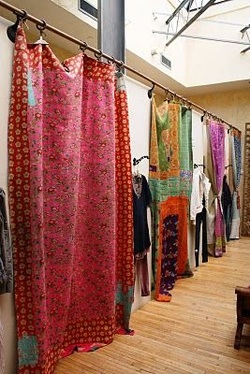
My outer walls will be aluminum, and most likely the first layer of the interior walls will be metal as well, to keep my space airtight and mold resistant. But I will need a layer of wall covering to provide a homey feel. A lot of wall space will be taken up by storage--cabinets and enclosed bookshelves, but these can still be covered with anything from cork to handmade paper.
While metal mesh fabrics are an interesting way to partially screen off spaces, I will already have so much metal in my space that I'll most likely want softer and warmer materials: silk, wool, organic cotton, hardwood, small bits of lightweight ceramic tile, dioxin-free paper, basketry, bamboo, sheepskin, non-toxically cured leather, mirrors, glass...
One of the design students I consulted with introduced me to Vitrulan, a paintable wall covering made from spun glass. It doesn't mold, can be washed, and feels like stiff paper. I am looking into having custom shoji screens made for me with hardwood and Vitrulan, as a way to screen off my bed from my work area. Most of the shoji screens I've looked at use vinyl or other plastic to seal paper or replace it altogether, making an ancient and beautiful craft more durable but also more toxic.
While metal mesh fabrics are an interesting way to partially screen off spaces, I will already have so much metal in my space that I'll most likely want softer and warmer materials: silk, wool, organic cotton, hardwood, small bits of lightweight ceramic tile, dioxin-free paper, basketry, bamboo, sheepskin, non-toxically cured leather, mirrors, glass...
One of the design students I consulted with introduced me to Vitrulan, a paintable wall covering made from spun glass. It doesn't mold, can be washed, and feels like stiff paper. I am looking into having custom shoji screens made for me with hardwood and Vitrulan, as a way to screen off my bed from my work area. Most of the shoji screens I've looked at use vinyl or other plastic to seal paper or replace it altogether, making an ancient and beautiful craft more durable but also more toxic.
Flooring
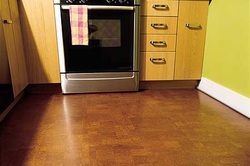
Cork flooring is attractive for multiple reasons. It's lightweight, renewable, and depending on the glue used to assemble it, can be non-toxic. It also insulates, is warm underfoot, and has some give, which is easier on aging joints and safer for epileptics. But many companies are secretive about the binders they use. I can test it by putting a piece in an airtight container for a while, then opening, sniffing, and seeing if I get sick but that won't necessarily cause the same response as a whole room of cork tile outgassing into a room. For the main living areas, I will use oak flooring. Wood is warm, flexible and beautiful, and sustainably harvested wood adds to the general greenness of the Vehicle.

Floors that generate electricity, like those made by Pavegen, are an exciting possibility, but I would need to research whether they can be made of non-toxic materials, and whether they generate EMF fields. An EMF-safe floor with springs underneath could turn pacing into a productive activity. But it involves a lot of investigation and would be mostly an educational tool, demonstrating possibilities, rather than something I need for myself.
Paper
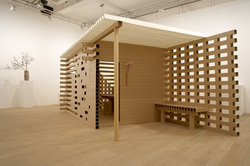 Paper tea house.
Paper tea house.
Paper is an incredibly versatile material, one of the most interesting ways to put plant fibers to a myriad of uses. Internationally lauded Japanese architect Shigeru Ban has used paper tubes and accordion folds to build everything from emergency shelters for disaster survivors to concert halls. Since my house has to be as lightweight as possible, I've looked into structural uses of paper and cardboard for the inside of the Vehicle. I grew up in a house with interior walls of cardboard. They're easy to paint, repair and replace. They are also very vulnerable to mildew, and most commercial paper and cardboard are manufactured and treated with toxic chemicals, including dioxin.
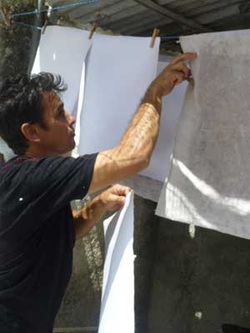 Handmade paper workshop, Holguin, Cuba
Handmade paper workshop, Holguin, Cuba
But handmade paper in small quantities could be used as window treatments, room dividers, and decoration. On my recent trip to Cuba I met paper artists from Cuadernos Papiro, a small press that publishes limited edition books on handmade paper. They mostly use banana, corn, tobacco and garlic fibers to make their paper. I've made seaweed paper and onion skin paper in the past. Now I'm inspired to experiment with paper decor.
Wood
Most people will be surprised to see wood way down at the bottom of the page, but for people with environmental illness, wood can cause a host of problems. Soft woods are vulnerable to mildew, and tiny houses can have high humidity. Pine, fir, redwood and cedar have aromatic oils that can cause respiratory, eye, and skin irritation in some people. Plywood is held together with glue that outgasses toxic fumes. Companies like ApplePly make hardwood plywood from layers of birch, but although they say there is no "added urea-formaldehyde glue," the adhesives in hardwood veneers can still be an issue for some people, and after you've put in the subfloor is a terrible time to discover you're one of them. But wood will still have a big role to play in the Vehicle. I'll be using oak wood for the main floor, and will have hardwood shelves, drawers and desk. Wood will soften and warm the hard, cold qualities of metal that are so abundant in this design.
